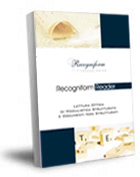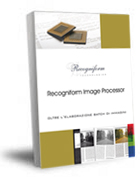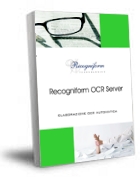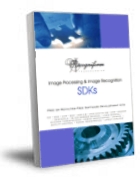Technologies
- OMR
- ICR
- OCR
- BCR
- BCR 2D
- OCR-A
- OCR-B
- MICR CMC7
- MICR E13B
- CHR
- FreeForm
- Form Identification
- PDF-A
- Image Enhancement
- TWAIN and ISIS Scanning
- Imaging
- Deskew
- Auto-Orientation
- Black Border Removal
- Despeckle
- Lines Removal
- Dynamic Thresholding
- Layout Analysis
- Quality Control
- Watermarking
- Redaction
- File Format Conversion
- Book Curvature Correction
- Keystone Correction




